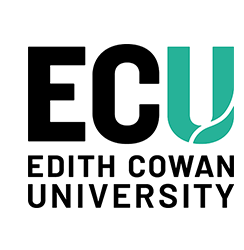A composite shielding of subsea assets for maximum energy absorption: Model experiments
Abstract
Concrete mats are generally accepted industry solutions for subsea asset protection, even though they ineffectively absorb impact energy. Hence, in the present work we explored the use of absorptive and non-absorptive materials to find an optimal combination of properties for protection of subsea pipelines. Specifically, physical dropped object experiments were conducted on multi-layered model samples (of concrete, polyurethane, expanded polystyrene and hybrid of micro-agglomerated cork and expanded polystyrene) at various scale, dropped mass and shape. Within the tested range of dropped masses, it is confirmed that the impact force linearly increases with the increase of dropped mass. The hybrid sample exhibited a statistically significant (p < 0.2) reduction in impact force compared to all other samples (i.e. the reduction of 51% compared to a sample made of concrete only). The change in dropped object orientation (vertically vs. horizontally dropped plate) showed a 42−71 % difference in impact force, depending on the thickness of the soft layer. The change in model scale showed a slight shift in the measured force when scaled up to the prototype (likely due to non-linearity in the strain rate). The next phase of the project should determine the extent of energy absorption when sea water is used as a ‘soft’ absorptive layer.
Document Type
Conference Proceeding
Date of Publication
1-1-2025
Volume
1
Publication Title
Proceedings of the International Conference on Offshore Mechanics and Arctic Engineering
Publisher
American Society of Mechanical Engineers (ASME)
School
School of Engineering
Copyright
subscription content


Comments
Welmans, H., Balash, C., Curwood, E., Sumah, R., MacLean, D., & MacLean, G. (2025, June). A composite shielding of subsea assets for maximum energy absorption: Model experiments. In International Conference on Offshore Mechanics and Arctic Engineering. American Society of Mechanical Engineers. https://doi.org/10.1115/OMAE2025-157284